
Foxes, members of the Canidae family, are small to medium-sized omnivorous mammals with striking features and remarkable adaptability. They belong to several species within the genus Vulpes, with the most common and widespread species being the red fox (Vulpes vulpes). Known for their cunning and agility, foxes have captured human imagination through folklore, literature, and popular culture for centuries. This article delves into the diverse world of foxes, exploring their behavior, habitat, diet, and significance in ecosystems and human society.
Physical Characteristics
Foxes typically have slender bodies, long bushy tails, and pointed ears. Their fur color varies among species, ranging from the iconic reddish-brown of the red fox to the pale coloration of the Arctic fox (Vulpes lagopus). This variation in fur color helps foxes adapt to their environments, providing camouflage against predators and aiding in hunting. Their eyes, with vertically slit pupils, are adapted for nocturnal vision, allowing them to see well in low-light conditions.
Habitat and Distribution
Foxes are highly adaptable and can be found in diverse habitats across the globe. From the icy tundras of the Arctic to the dense forests of North America and the arid deserts of Africa, foxes have established their presence in various climates and terrains. Urban environments are also becoming increasingly common habitats for foxes, as they exploit the resources available in cities and towns.
Foxes, members of the Canidae family, are small to medium-sized omnivorous mammals with striking features and remarkable adaptability. They belong to several species within the genus Vulpes, with the most common and widespread species being the red fox (Vulpes vulpes). Known for their cunning and agility, foxes have captured human imagination through folklore, literature, and popular culture for centuries. This article delves into the diverse world of foxes, exploring their behavior, habitat, diet, and significance in ecosystems and human society.
Physical Characteristics
Foxes typically have slender bodies, long bushy tails, and pointed ears. Their fur color varies among species, ranging from the iconic reddish-brown of the red fox to the pale coloration of the Arctic fox (Vulpes lagopus). This variation in fur color helps foxes adapt to their environments, providing camouflage against predators and aiding in hunting. Their eyes, with vertically slit pupils, are adapted for nocturnal vision, allowing them to see well in low-light conditions.
Habitat and Distribution
Foxes are highly adaptable and can be found in diverse habitats across the globe. From the icy tundras of the Arctic to the dense forests of North America and the arid deserts of Africa, foxes have established their presence in various climates and terrains. Urban environments are also becoming increasingly common habitats for foxes, as they exploit the resources available in cities and towns.
Behavior and Social Structure
Foxes are generally solitary animals, though they may form family groups consisting of a mated pair and their offspring. These family groups help in rearing the young, with both parents participating in hunting and protection. Foxes are known for their territorial behavior, marking their territories with scent markings and vocalizations to deter intruders.
Diet and Hunting
As omnivores, foxes have a varied diet that includes small mammals, birds, insects, fruits, and vegetation. Their diet largely depends on the availability of food in their habitat. Foxes are skilled hunters, employing a combination of stealth, speed, and agility to catch their prey. They are known to pounce on their prey with precision, often using their keen sense of hearing to detect small animals hidden beneath the snow or foliage.
Reproduction and Lifespan
Foxes typically breed once a year, with the mating season occurring in late winter or early spring. After a gestation period of about 50 days, the female, known as a vixen, gives birth to a litter of 4-6 kits, though litter sizes can vary. The kits are born blind and helpless, relying on their mother’s milk and care for the first few weeks. Both parents play a role in nurturing and protecting the young, teaching them essential survival skills.
Ecological Importance
Foxes play a crucial role in maintaining the balance of their ecosystems. As both predators and scavengers, they help control the populations of small mammals and insects, preventing overpopulation and potential crop damage. Their scavenging habits also contribute to the ecosystem by cleaning up carrion and reducing the spread of disease.
Foxes and Humans
The relationship between foxes and humans is complex, characterized by admiration, coexistence, and conflict. In many cultures, foxes are revered in folklore and mythology, often depicted as clever and cunning creatures. However, in agricultural areas, foxes can sometimes be seen as pests, preying on livestock and poultry. This has led to conflicts and efforts to manage fox populations through various means.
Conservation Status
The conservation status of foxes varies by species and region. While the red fox is abundant and widespread, other species like the Darwin’s fox (Lycalopex fulvipes) are considered endangered due to habitat loss and human encroachment. Conservation efforts focus on protecting habitats, reducing human-wildlife conflict, and promoting coexistence.
Urban Foxes
The rise of urban foxes is a testament to their adaptability. In cities, foxes have learned to navigate human environments, finding food in garbage, gardens, and even hunting small urban wildlife. Urban foxes have sparked fascination and controversy, with some people welcoming their presence and others viewing them as nuisances.
Cultural Significance
Foxes hold a special place in many cultures around the world. In Japanese folklore, the fox, or “kitsune,” is a revered and mystical creature believed to possess intelligence, magic, and the ability to shapeshift. In Western folklore, the fox often appears as a trickster figure, using its wits to outsmart others. These cultural representations highlight the fox’s perceived intelligence and adaptability.
Adaptations and Survival Strategies
Foxes have developed a range of adaptations to survive in their diverse habitats. Their keen senses of hearing and smell aid in hunting and detecting danger. The fur of Arctic foxes changes color with the seasons, providing camouflage against the snow in winter and the tundra in summer. Some fox species, like the fennec fox (Vulpes zerda), have large ears that help dissipate heat and detect prey in the sandy deserts.
Challenges and Threats
Despite their adaptability, foxes face several challenges and threats. Habitat loss due to urbanization, agriculture, and deforestation poses significant risks. In some regions, foxes are hunted for their fur or culled to protect livestock. Disease, such as rabies and mange, can also impact fox populations, leading to significant declines in certain areas.
Foxes in Popular Culture
Foxes have left an indelible mark on popular culture, appearing in literature, films, and television. From the classic tale of Reynard the Fox, a medieval literary cycle depicting a trickster fox, to the modern animated character of Nick Wilde in Disney’s Zootopia, foxes continue to captivate audiences of all ages. Their portrayal often emphasizes their intelligence, agility, and elusive nature.
Research and Study
Scientific research on foxes has provided valuable insights into their behavior, ecology, and evolution. Studies on urban foxes have shed light on how wildlife adapts to human-dominated landscapes, while genetic research has helped trace the evolutionary history and relationships among different fox species. Conservation biology focuses on understanding the impacts of human activities on fox populations and developing strategies to mitigate these effects.
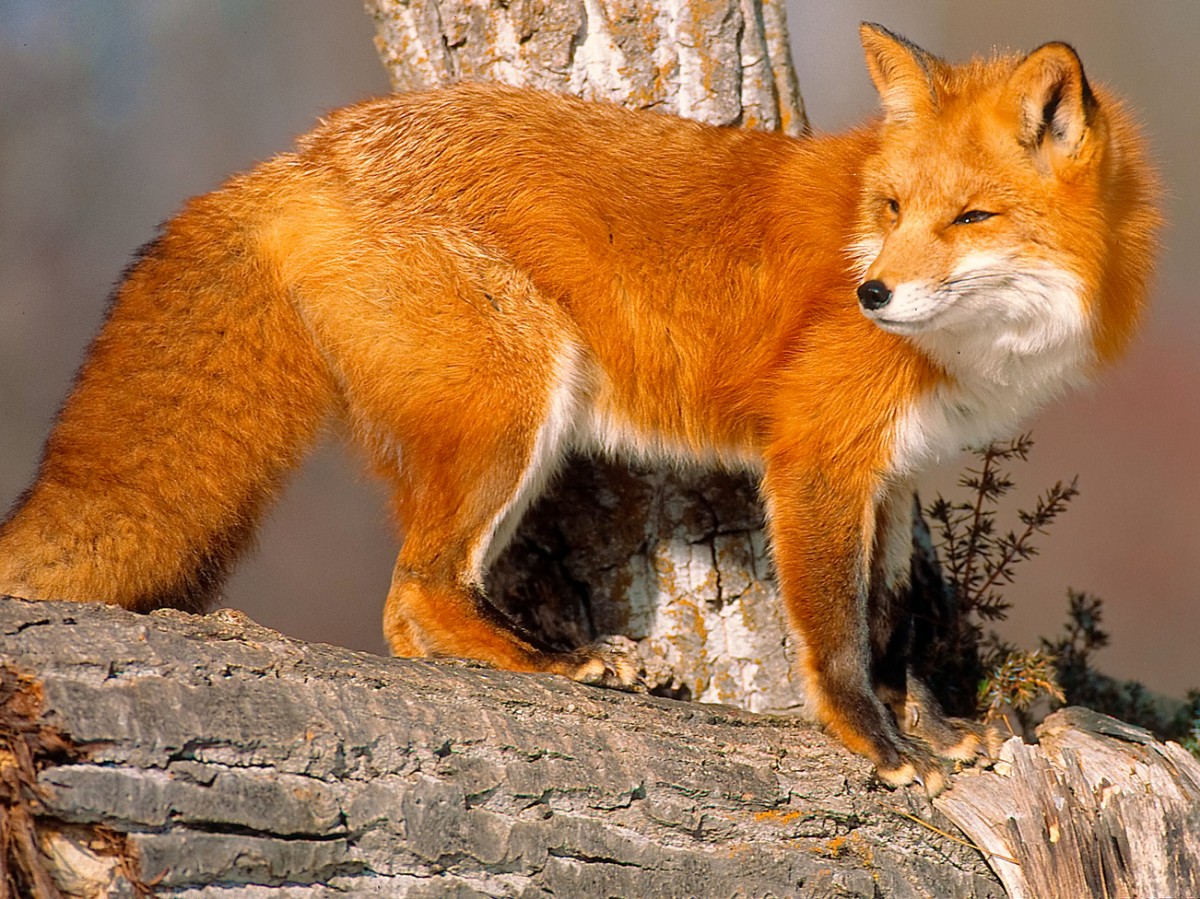
Conclusion
Foxes are remarkable creatures that embody resilience, adaptability, and intelligence. Their ability to thrive in diverse environments, from remote wilderness to bustling cities, is a testament to their evolutionary success. As both admired and misunderstood animals, foxes play a vital role in ecosystems and continue to inspire fascination in human culture. Understanding and protecting these enigmatic animals is crucial for maintaining the health and balance of the natural world.
By appreciating the intricate lives of foxes and fostering coexistence, we can ensure that these captivating creatures continue to thrive for generations to come
Foxes, members of the Canidae family, are small to medium-sized omnivorous mammals with striking features and remarkable adaptability. They belong to several species within the genus Vulpes, with the most common and widespread species being the red fox (Vulpes vulpes). Known for their cunning and agility, foxes have captured human imagination through folklore, literature, and popular culture for centuries. This article delves into the diverse world of foxes, exploring their behavior, habitat, diet, and significance in ecosystems and human society.

Physical Characteristics
Foxes typically have slender bodies, long bushy tails, and pointed ears. Their fur color varies among species, ranging from the iconic reddish-brown of the red fox to the pale coloration of the Arctic fox (Vulpes lagopus). This variation in fur color helps foxes adapt to their environments, providing camouflage against predators and aiding in hunting. Their eyes, with vertically slit pupils, are adapted for nocturnal vision, allowing them to see well in low-light conditions.
Habitat and Distribution
Foxes are highly adaptable and can be found in diverse habitats across the globe. From the icy tundras of the Arctic to the dense forests of North America and the arid deserts of Africa, foxes have established their presence in various climates and terrains. Urban environments are also becoming increasingly common habitats for foxes, as they exploit the resources available in cities and towns.

Behavior and Social Structure
Foxes are generally solitary animals, though they may form family groups consisting of a mated pair and their offspring. These family groups help in rearing the young, with both parents participating in hunting and protection. Foxes are known for their territorial behavior, marking their territories with scent markings and vocalizations to deter intruders.
Diet and Hunting
As omnivores, foxes have a varied diet that includes small mammals, birds, insects, fruits, and vegetation. Their diet largely depends on the availability of food in their habitat. Foxes are skilled hunters, employing a combination of stealth, speed, and agility to catch their prey. They are known to pounce on their prey with precision, often using their keen sense of hearing to detect small animals hidden beneath the snow or foliage.

Reproduction and Lifespan
Foxes typically breed once a year, with the mating season occurring in late winter or early spring. After a gestation period of about 50 days, the female, known as a vixen, gives birth to a litter of 4-6 kits, though litter sizes can vary. The kits are born blind and helpless, relying on their mother’s milk and care for the first few weeks. Both parents play a role in nurturing and protecting the young, teaching them essential survival skills.
Ecological Importance
Foxes play a crucial role in maintaining the balance of their ecosystems. As both predators and scavengers, they help control the populations of small mammals and insects, preventing overpopulation and potential crop damage. Their scavenging habits also contribute to the ecosystem by cleaning up carrion and reducing the spread of disease.
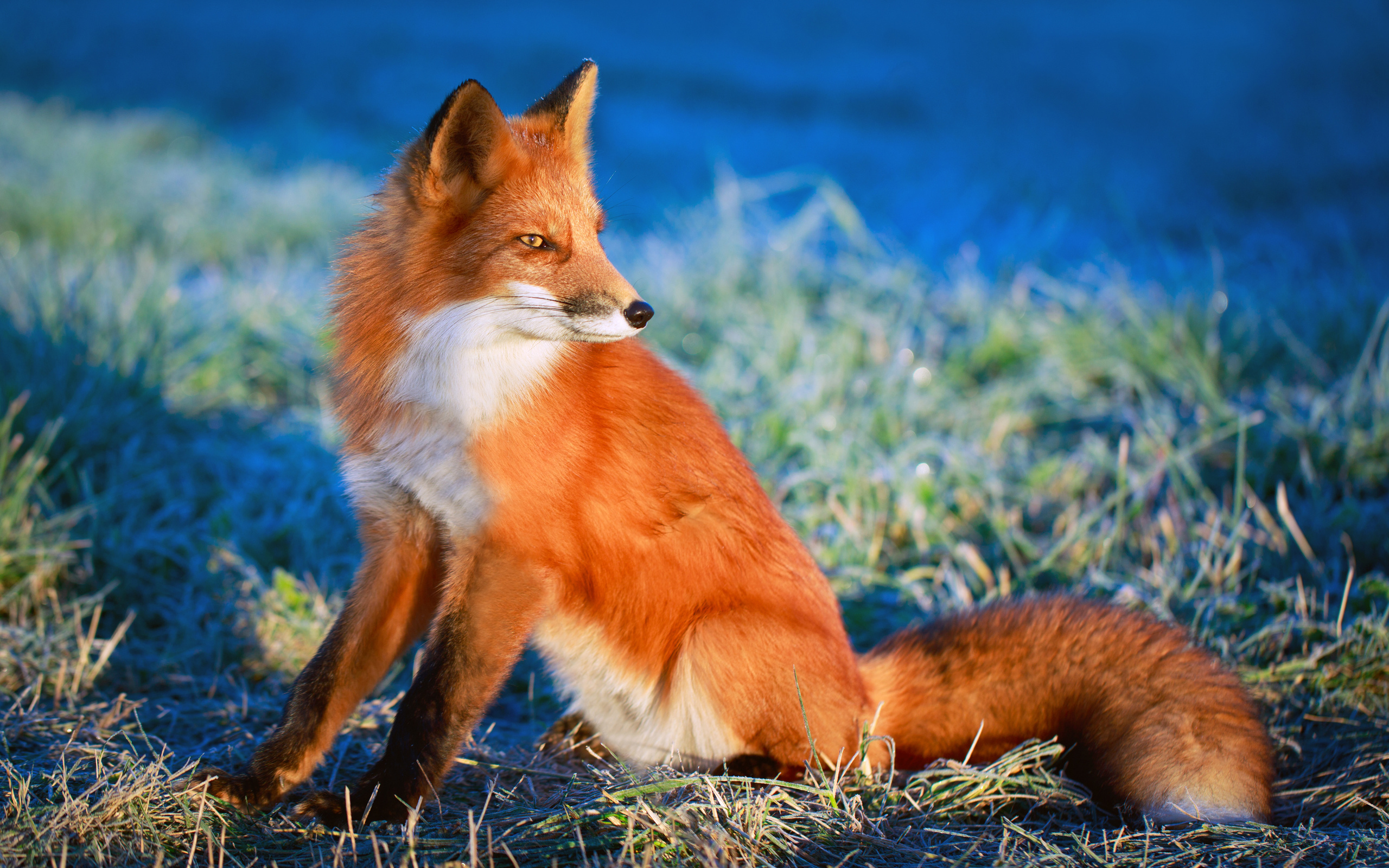
Foxes and Humans
The relationship between foxes and humans is complex, characterized by admiration, coexistence, and conflict. In many cultures, foxes are revered in folklore and mythology, often depicted as clever and cunning creatures. However, in agricultural areas, foxes can sometimes be seen as pests, preying on livestock and poultry. This has led to conflicts and efforts to manage fox populations through various means.
Conservation Status
The conservation status of foxes varies by species and region. While the red fox is abundant and widespread, other species like the Darwin’s fox (Lycalopex fulvipes) are considered endangered due to habitat loss and human encroachment. Conservation efforts focus on protecting habitats, reducing human-wildlife conflict, and promoting coexistence.

Urban Foxes
The rise of urban foxes is a testament to their adaptability. In cities, foxes have learned to navigate human environments, finding food in garbage, gardens, and even hunting small urban wildlife. Urban foxes have sparked fascination and controversy, with some people welcoming their presence and others viewing them as nuisances.
Cultural Significance
Foxes hold a special place in many cultures around the world. In Japanese folklore, the fox, or “kitsune,” is a revered and mystical creature believed to possess intelligence, magic, and the ability to shapeshift. In Western folklore, the fox often appears as a trickster figure, using its wits to outsmart others. These cultural representations highlight the fox’s perceived intelligence and adaptability.
Adaptations and Survival Strategies
Foxes have developed a range of adaptations to survive in their diverse habitats. Their keen senses of hearing and smell aid in hunting and detecting danger. The fur of Arctic foxes changes color with the seasons, providing camouflage against the snow in winter and the tundra in summer. Some fox species, like the fennec fox (Vulpes zerda), have large ears that help dissipate heat and detect prey in the sandy deserts.
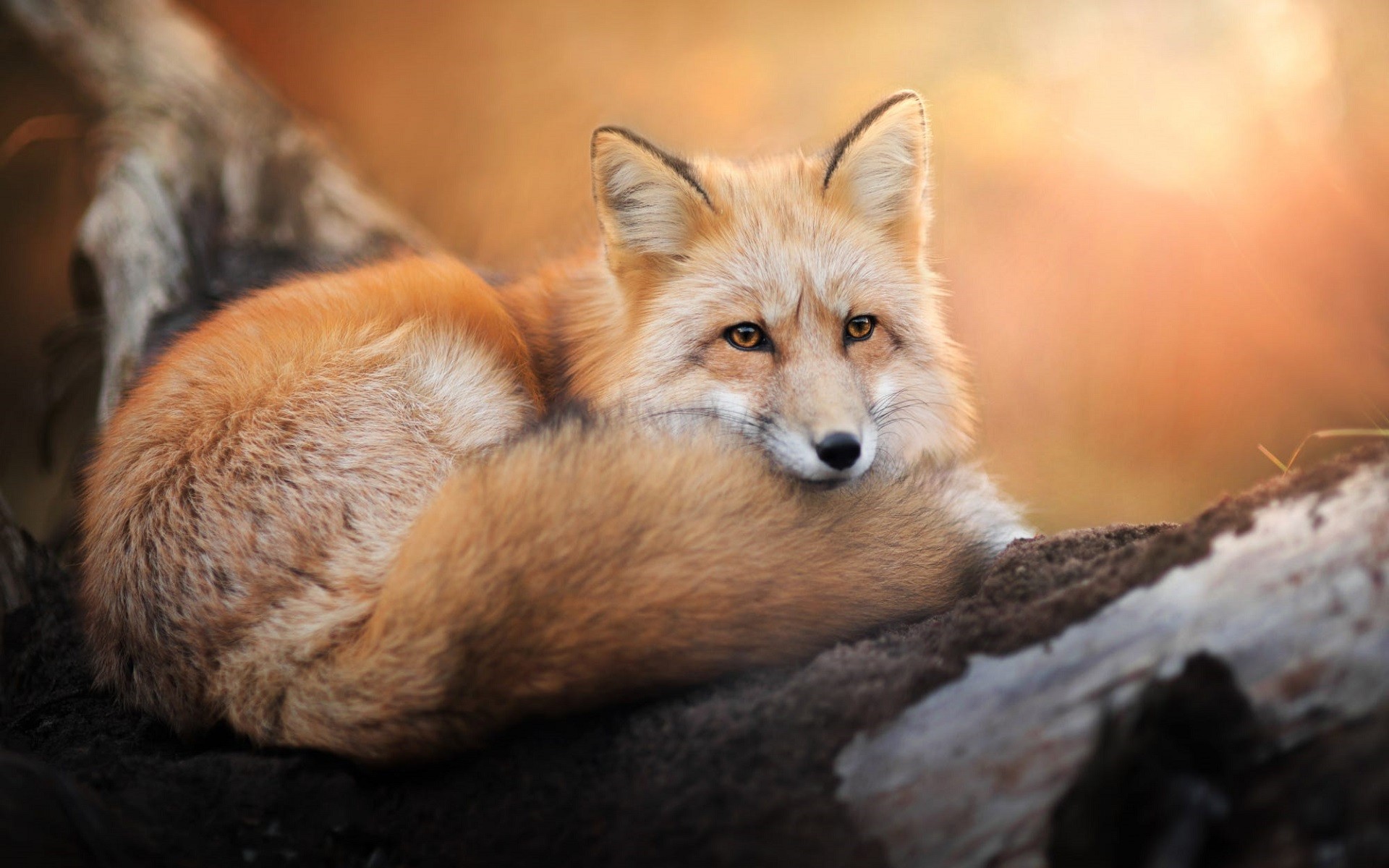
Challenges and Threats
Despite their adaptability, foxes face several challenges and threats. Habitat loss due to urbanization, agriculture, and deforestation poses significant risks. In some regions, foxes are hunted for their fur or culled to protect livestock. Disease, such as rabies and mange, can also impact fox populations, leading to significant declines in certain areas.
Foxes in Popular Culture
Foxes have left an indelible mark on popular culture, appearing in literature, films, and television. From the classic tale of Reynard the Fox, a medieval literary cycle depicting a trickster fox, to the modern animated character of Nick Wilde in Disney’s Zootopia, foxes continue to captivate audiences of all ages. Their portrayal often emphasizes their intelligence, agility, and elusive nature.
Research and Study
Scientific research on foxes has provided valuable insights into their behavior, ecology, and evolution. Studies on urban foxes have shed light on how wildlife adapts to human-dominated landscapes, while genetic research has helped trace the evolutionary history and relationships among different fox species. Conservation biology focuses on understanding the impacts of human activities on fox populations and developing strategies to mitigate these effects.
Conclusion
Foxes are remarkable creatures that embody resilience, adaptability, and intelligence. Their ability to thrive in diverse environments, from remote wilderness to bustling cities, is a testament to their evolutionary success. As both admired and misunderstood animals, foxes play a vital role in ecosystems and continue to inspire fascination in human culture. Understanding and protecting these enigmatic animals is crucial for maintaining the health and balance of the natural world.
By appreciating the intricate lives of foxes and fostering coexistence, we can ensure that these captivating creatures continue to thrive for generations to come
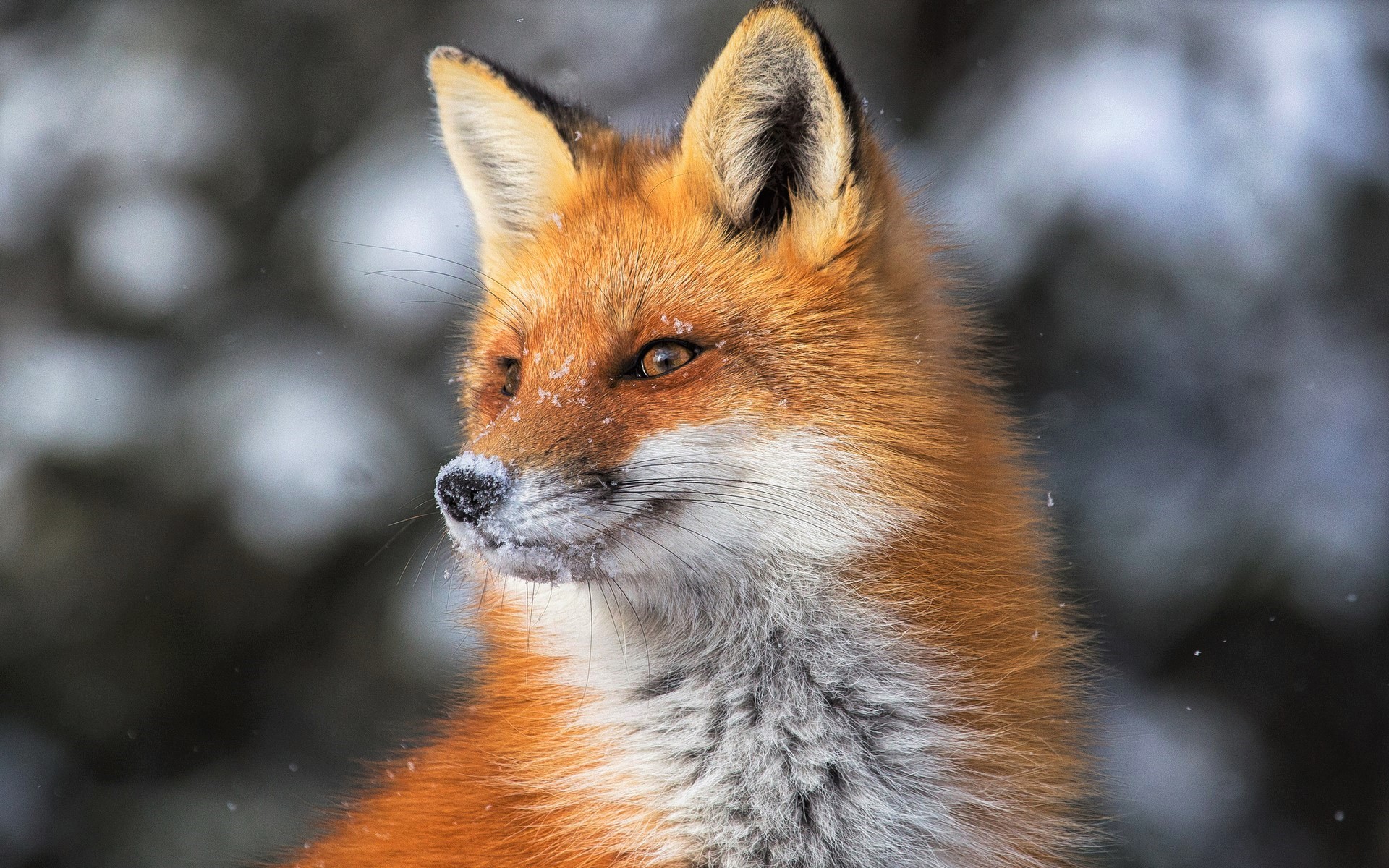
Behavior and Social Structure
Foxes are generally solitary animals, though they may form family groups consisting of a mated pair and their offspring. These family groups help in rearing the young, with both parents participating in hunting and protection. Foxes are known for their territorial behavior, marking their territories with scent markings and vocalizations to deter intruders.
Diet and Hunting
As omnivores, foxes have a varied diet that includes small mammals, birds, insects, fruits, and vegetation. Their diet largely depends on the availability of food in their habitat. Foxes are skilled hunters, employing a combination of stealth, speed, and agility to catch their prey. They are known to pounce on their prey with precision, often using their keen sense of hearing to detect small animals hidden beneath the snow or foliage.
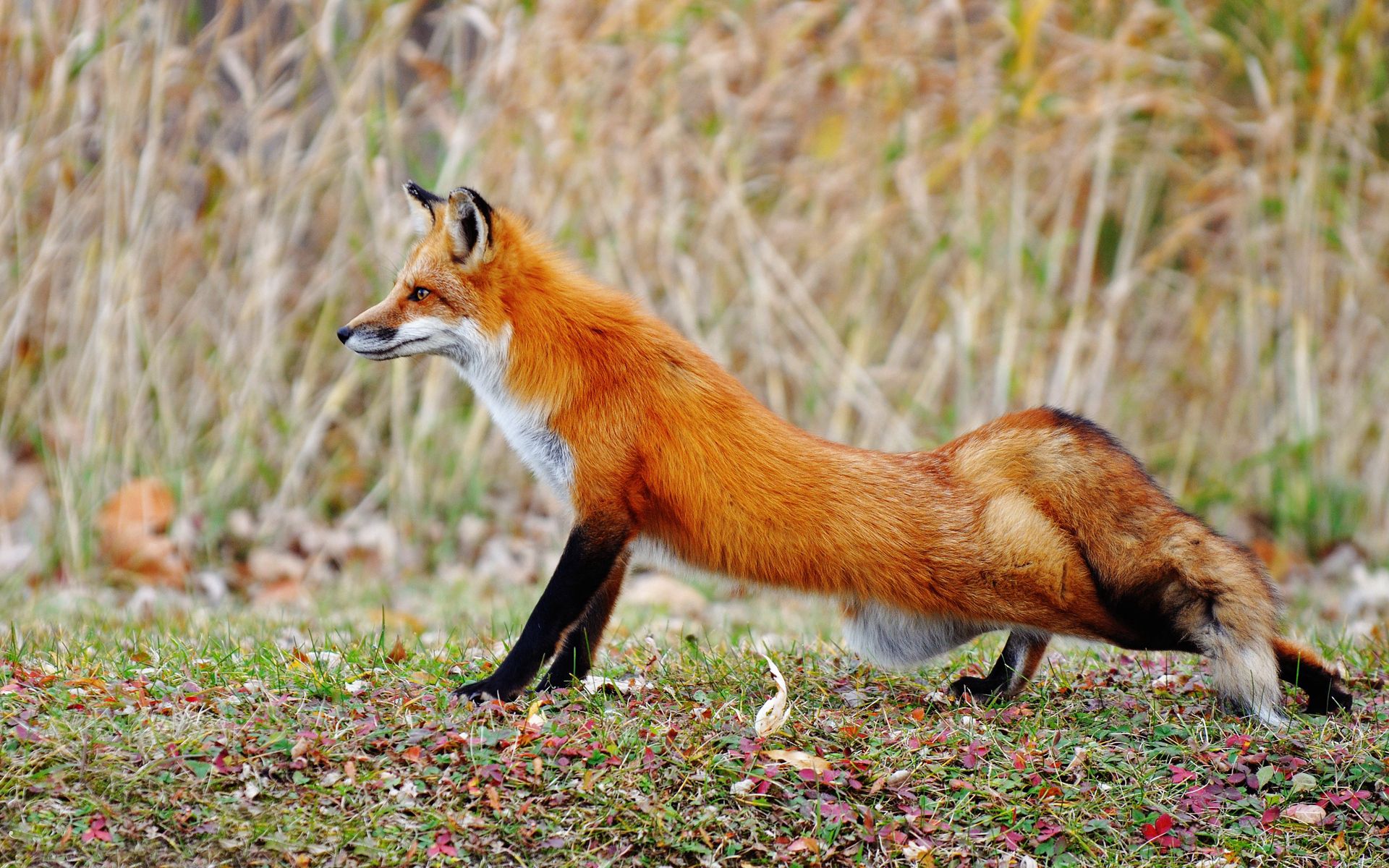
Reproduction and Lifespan
Foxes typically breed once a year, with the mating season occurring in late winter or early spring. After a gestation period of about 50 days, the female, known as a vixen, gives birth to a litter of 4-6 kits, though litter sizes can vary. The kits are born blind and helpless, relying on their mother’s milk and care for the first few weeks. Both parents play a role in nurturing and protecting the young, teaching them essential survival skills.
Ecological Importance
Foxes play a crucial role in maintaining the balance of their ecosystems. As both predators and scavengers, they help control the populations of small mammals and insects, preventing overpopulation and potential crop damage. Their scavenging habits also contribute to the ecosystem by cleaning up carrion and reducing the spread of disease.
Foxes and Humans
The relationship between foxes and humans is complex, characterized by admiration, coexistence, and conflict. In many cultures, foxes are revered in folklore and mythology, often depicted as clever and cunning creatures. However, in agricultural areas, foxes can sometimes be seen as pests, preying on livestock and poultry. This has led to conflicts and efforts to manage fox populations through various means.
Conservation Status
The conservation status of foxes varies by species and region. While the red fox is abundant and widespread, other species like the Darwin’s fox (Lycalopex fulvipes) are considered endangered due to habitat loss and human encroachment. Conservation efforts focus on protecting habitats, reducing human-wildlife conflict, and promoting coexistence.
Urban Foxes
The rise of urban foxes is a testament to their adaptability. In cities, foxes have learned to navigate human environments, finding food in garbage, gardens, and even hunting small urban wildlife. Urban foxes have sparked fascination and controversy, with some people welcoming their presence and others viewing them as nuisances.

Cultural Significance
Foxes hold a special place in many cultures around the world. In Japanese folklore, the fox, or “kitsune,” is a revered and mystical creature believed to possess intelligence, magic, and the ability to shapeshift. In Western folklore, the fox often appears as a trickster figure, using its wits to outsmart others. These cultural representations highlight the fox’s perceived intelligence and adaptability.
Adaptations and Survival Strategies
Foxes have developed a range of adaptations to survive in their diverse habitats. Their keen senses of hearing and smell aid in hunting and detecting danger. The fur of Arctic foxes changes color with the seasons, providing camouflage against the snow in winter and the tundra in summer. Some fox species, like the fennec fox (Vulpes zerda), have large ears that help dissipate heat and detect prey in the sandy deserts.
Challenges and Threats
Despite their adaptability, foxes face several challenges and threats. Habitat loss due to urbanization, agriculture, and deforestation poses significant risks. In some regions, foxes are hunted for their fur or culled to protect livestock. Disease, such as rabies and mange, can also impact fox populations, leading to significant declines in certain areas.
Foxes in Popular Culture
Foxes have left an indelible mark on popular culture, appearing in literature, films, and television. From the classic tale of Reynard the Fox, a medieval literary cycle depicting a trickster fox, to the modern animated character of Nick Wilde in Disney’s Zootopia, foxes continue to captivate audiences of all ages. Their portrayal often emphasizes their intelligence, agility, and elusive nature.
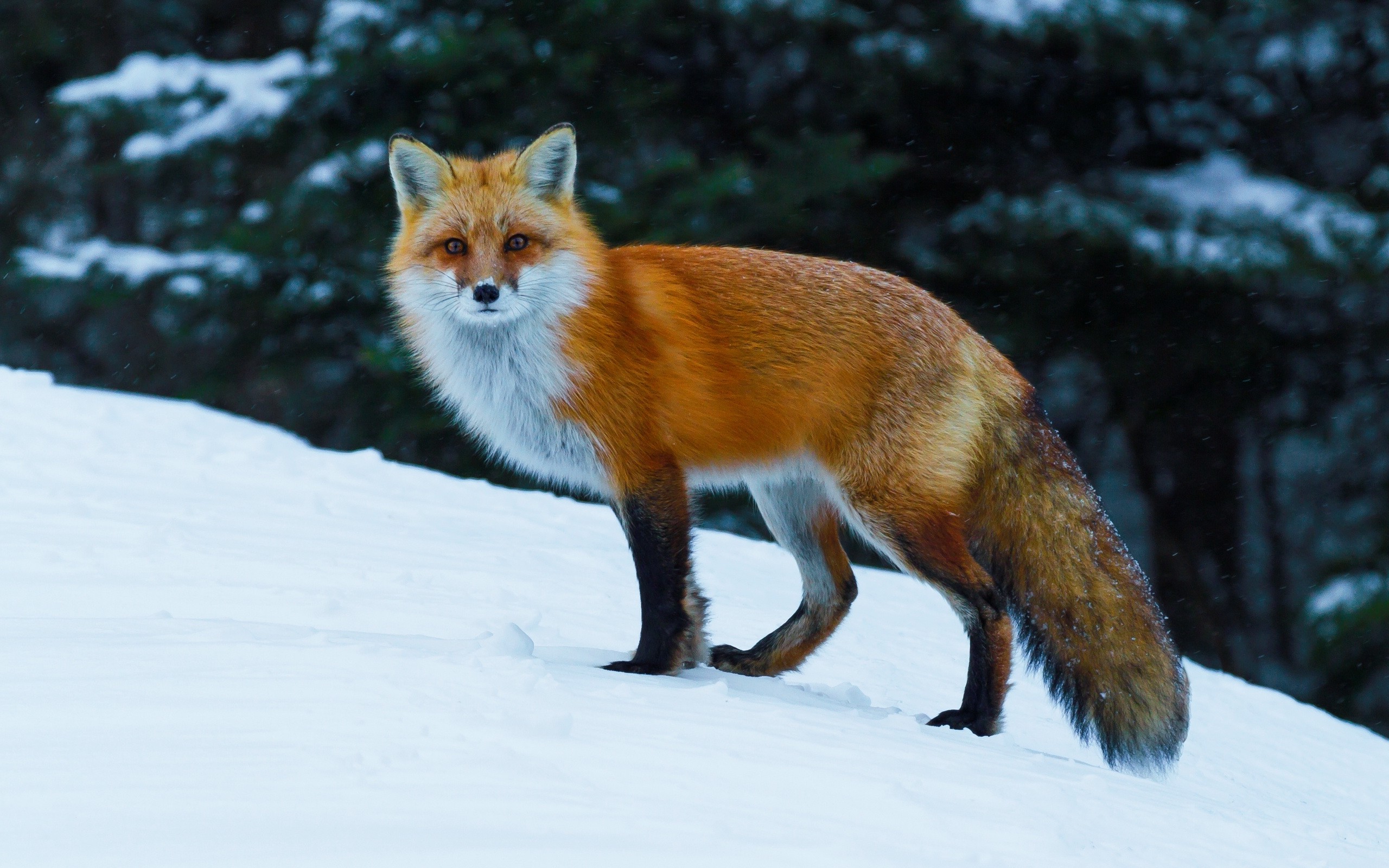
Research and Study
Scientific research on foxes has provided valuable insights into their behavior, ecology, and evolution. Studies on urban foxes have shed light on how wildlife adapts to human-dominated landscapes, while genetic research has helped trace the evolutionary history and relationships among different fox species. Conservation biology focuses on understanding the impacts of human activities on fox populations and developing strategies to mitigate these effects.
Conclusion
Foxes are remarkable creatures that embody resilience, adaptability, and intelligence. Their ability to thrive in diverse environments, from remote wilderness to bustling cities, is a testament to their evolutionary success. As both admired and misunderstood animals, foxes play a vital role in ecosystems and continue to inspire fascination in human culture. Understanding and protecting these enigmatic animals is crucial for maintaining the health and balance of the natural world.


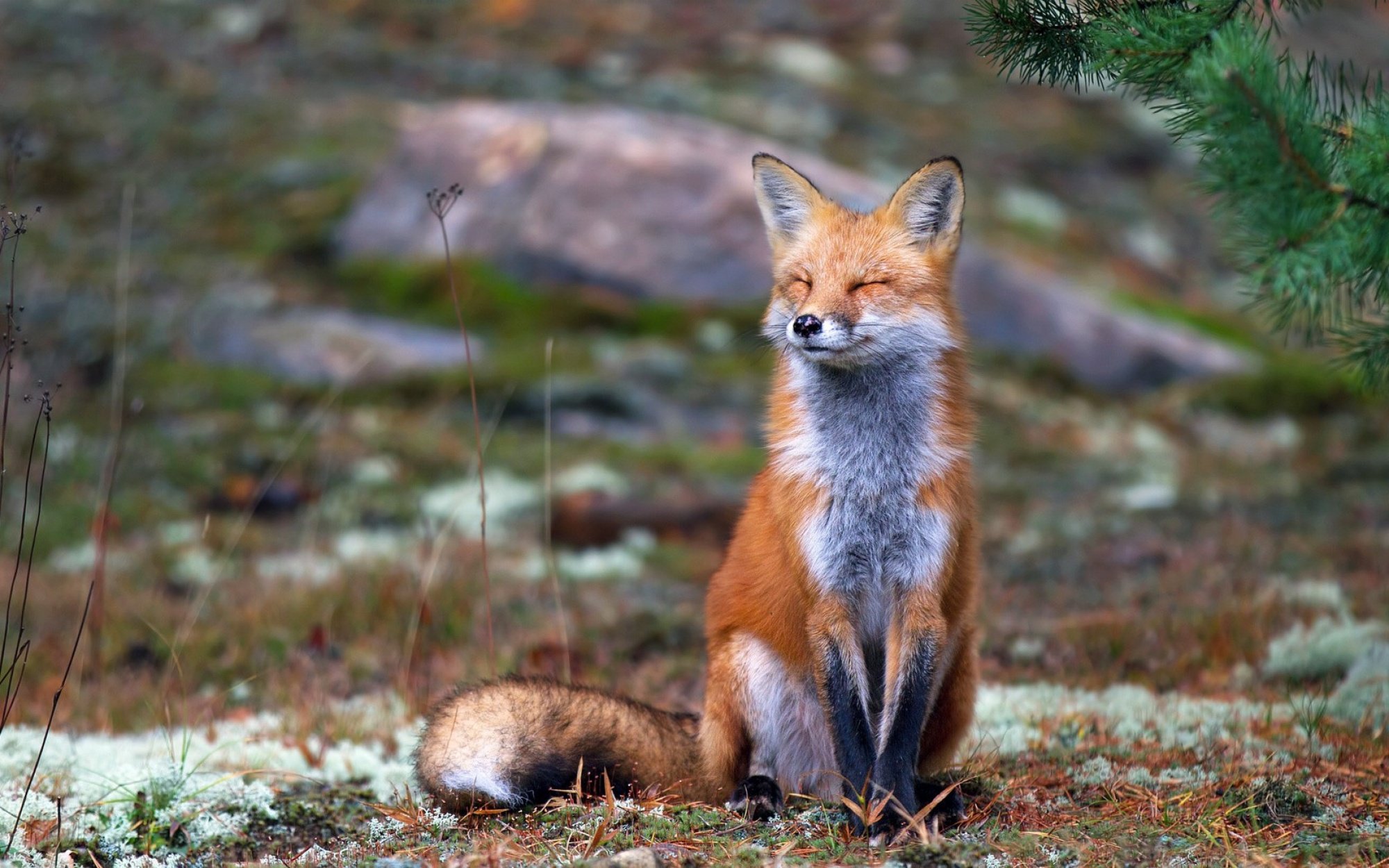
By appreciating the intricate lives of foxes and fostering coexistence, we can ensure that these captivating creatures continue to thrive for generations to come